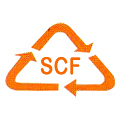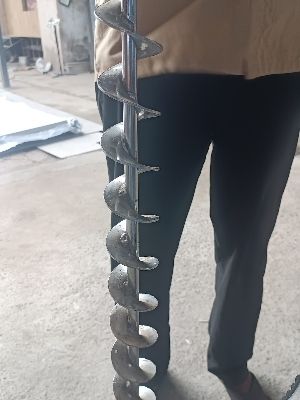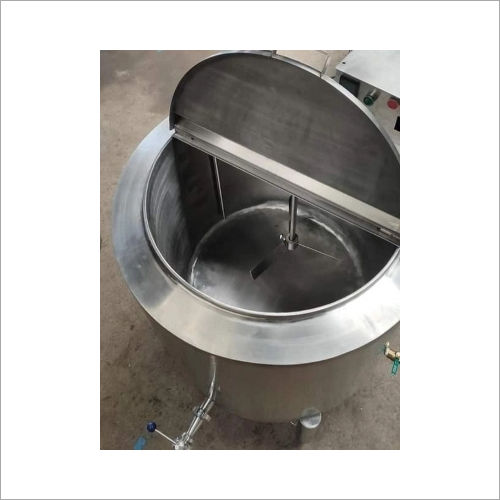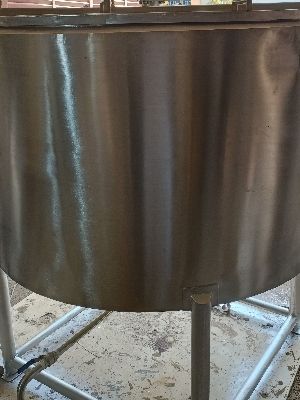Screw Conveyor
Product Details:
- Product Type Conveyor
- General Use For material transfer
- Material Stainless Steel
- Type Snacks Extruder Food Processors Food Dryer
- Capacity 1000 Kg/hr
- Weight (kg) 75 Kilograms (kg)
- Product Shape Ring
- Click to View more
Screw Conveyor Price And Quantity
- 1 Meter
- 50000 INR/Unit
Screw Conveyor Product Specifications
- Manual
- 12 month
- No
- 75 Kilograms (kg)
- 440 Volt (v)
- 1 hp Horsepower (HP)
- Rice
- Ring
- 1000 Kg/hr
- No
- Free Stand
- Snacks Extruder Food Processors Food Dryer
- For material transfer
- White
- ECO Friendly Low Noice Lower Energy Consumption Compact Structure High Efficiency
- Stainless Steel
- Conveyor
Screw Conveyor Trade Information
- Noida
- 2 Meter Per Week
- 10 Days
- Contact us for information regarding our sample policy
- Asia Australia Central America North America South America Eastern Europe Western Europe Middle East Africa
- All India
Product Description
A mechanical conveying device called a screw conveyor transports bulk goods either horizontally or at a modest inclination using a revolving screw-shaped auger. The screw auger, which rotates to move materials smoothly and continuously, is contained in a trough or tube. Screw conveyors are adaptable and can move a variety of materials, including flakes, granules, and powders. They are suitable to many applications and spatial restrictions because to their size and design flexibility. Screw conveyors are an affordable and dependable option for transporting bulk materials in sectors including agriculture, mining, food processing, and construction thanks to its effective operation, low maintenance needs, and gentle material handling.
The advantages and qualities of a screw conveyor are as follows:
Features of Screw Conveyor:
1. The screw auger, a metal blade with a helical pattern that rotates inside a tube or trough, is the main part of a screw conveyor. Depending on the individual substance being delivered, the auger design may change.
2. Trough or Tube: The material being transported is contained and guided by a trough or tube in which the screw auger is placed. Depending on the needs of the application, the trough may be U-shaped or tubular.
3. The screw conveyor has an exit for material discharge and an inlet for material intake. Depending on the application and the needs for material flow, these apertures might be positioned and configured differently.
4. Driving Mechanism: An electric motor is commonly used as the driving mechanism for the screw conveyor, which rotates the screw auger. The material flow rate can be controlled by adjusting the drive's speed and power.
Benefits of Screw Conveyor:
1. Screw conveyors are capable of handling a variety of bulk materials, including powders, granules, flakes, and even semi-solids. They can move materials with different moisture contents and particle sizes.
2. Screw conveyors offer efficient and continuous material handling, enabling a smooth and controlled flow. They don't require frequent stops or operator intervention when transporting things over long distances.
3. Screw conveyors have a very adaptable design that can be altered to meet certain application needs. The features of the transmitted material and the installation space can be accommodated by adjusting factors like length, diameter, pitch, and construction material.
4. Low Maintenance: Screw conveyors require very little maintenance. They can run for lengthy periods of time with little maintenance or repair requirements if designed properly and made of materials that are resistant to wear.
5. Screw conveyors offer a space-saving design that makes it simple to integrate them into already-existing processing or conveying systems. To fit the space and improve material flow, they can be stacked in a horizontal, inclined, or vertical design.
6. Screw conveyors are typically more economical than other methods of transporting bulk materials. They feature a straightforward design, use fewer parts, and use less energy, which lowers running expenses.
7. Screw conveyors offer delicate material handling, minimising material deterioration or damage during transmission. They are therefore appropriate for handling delicate or fragile items.
8. Safety Features: To enhance operator safety and prevent accidents, screw conveyors can be fitted with safety features like covers, safety switches, and emergency stop mechanisms.
Due to its adaptability, effectiveness, and cost-effectiveness, screw conveyors are widely employed across a variety of industries. They offer a dependable and adaptable bulk material handling solution, facilitating effective transportation and process integration.








 Send Inquiry
Send Inquiry Send SMS
Send SMS Call Me Free
Call Me Free